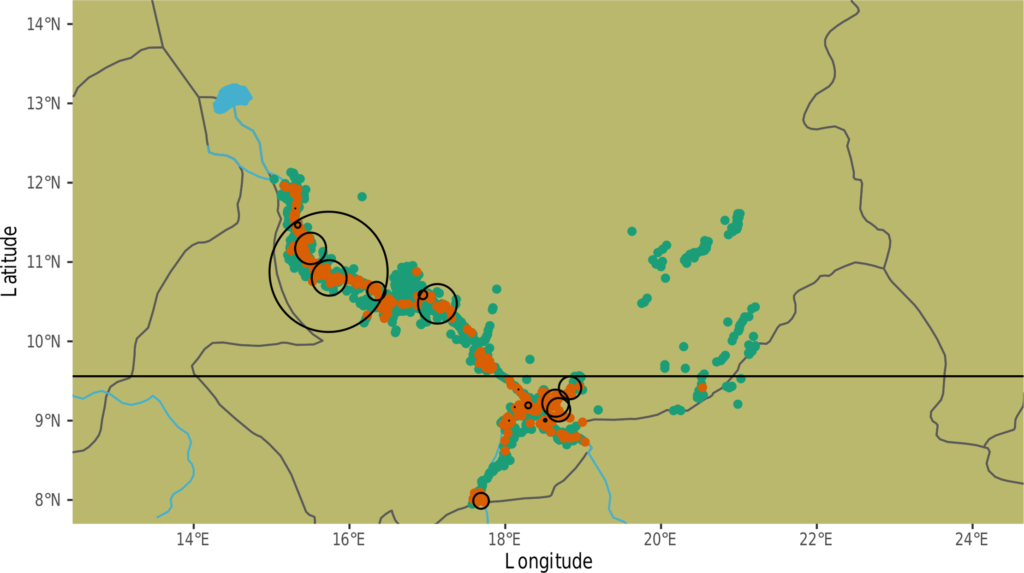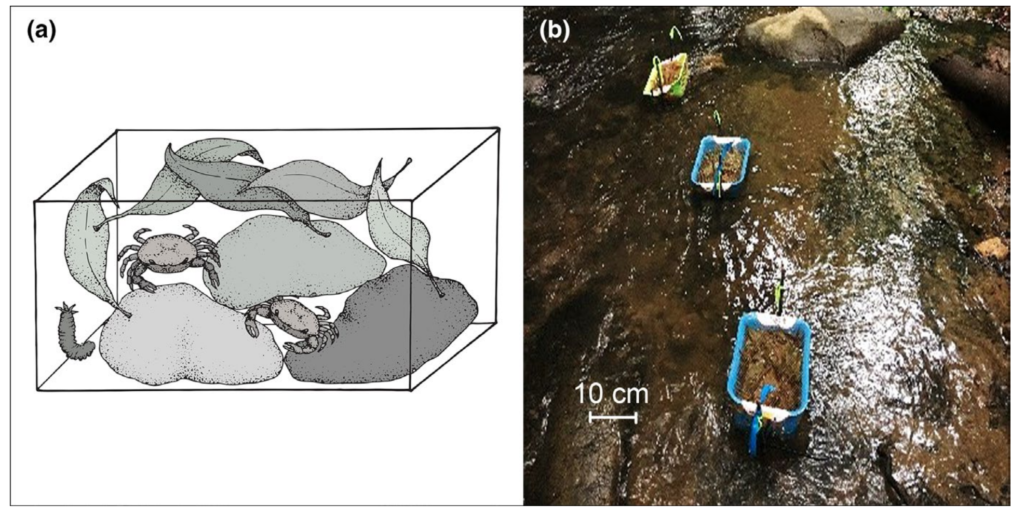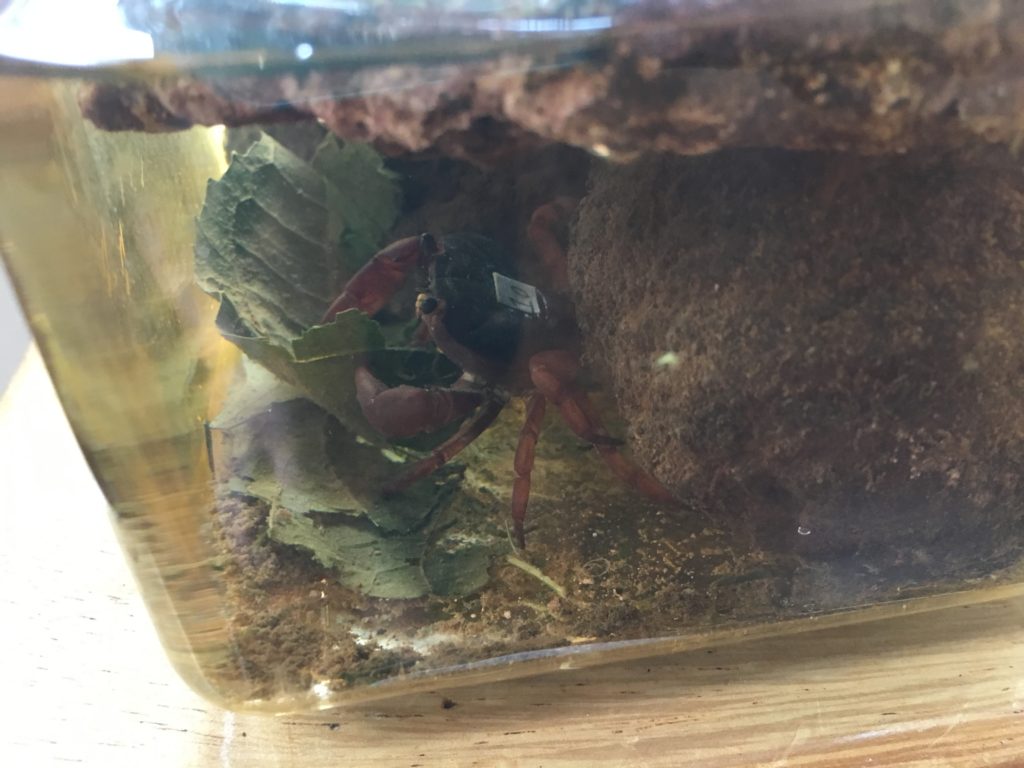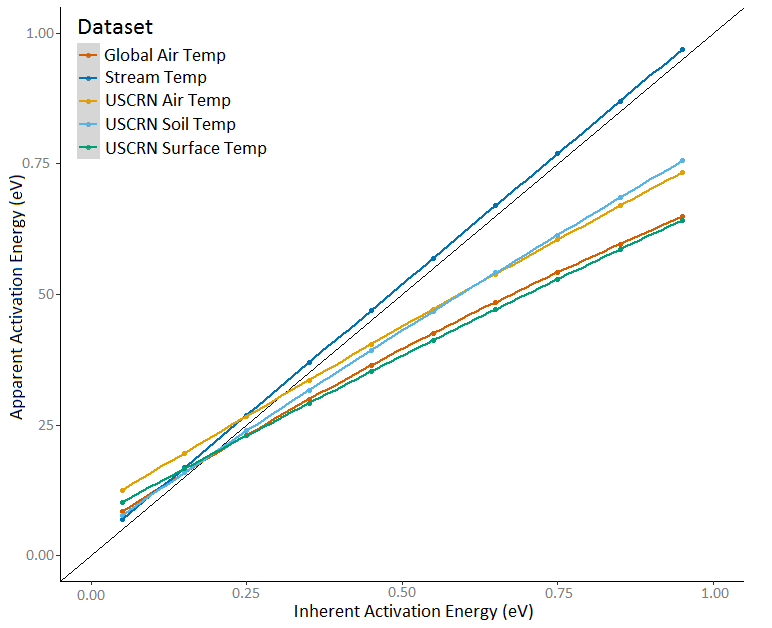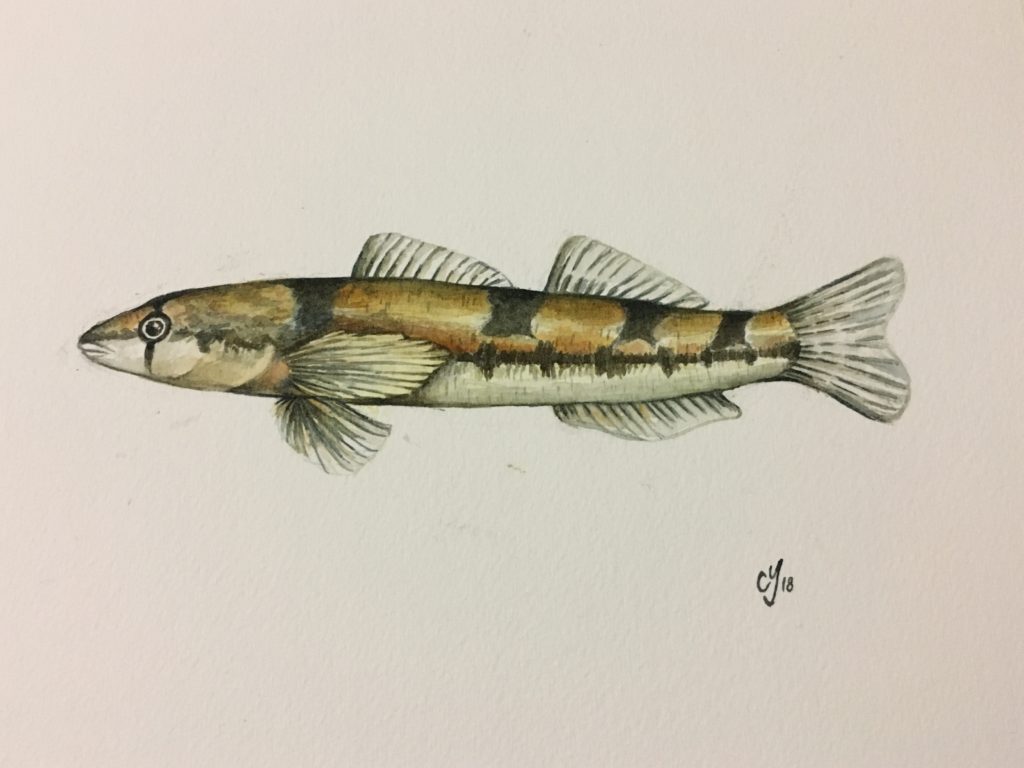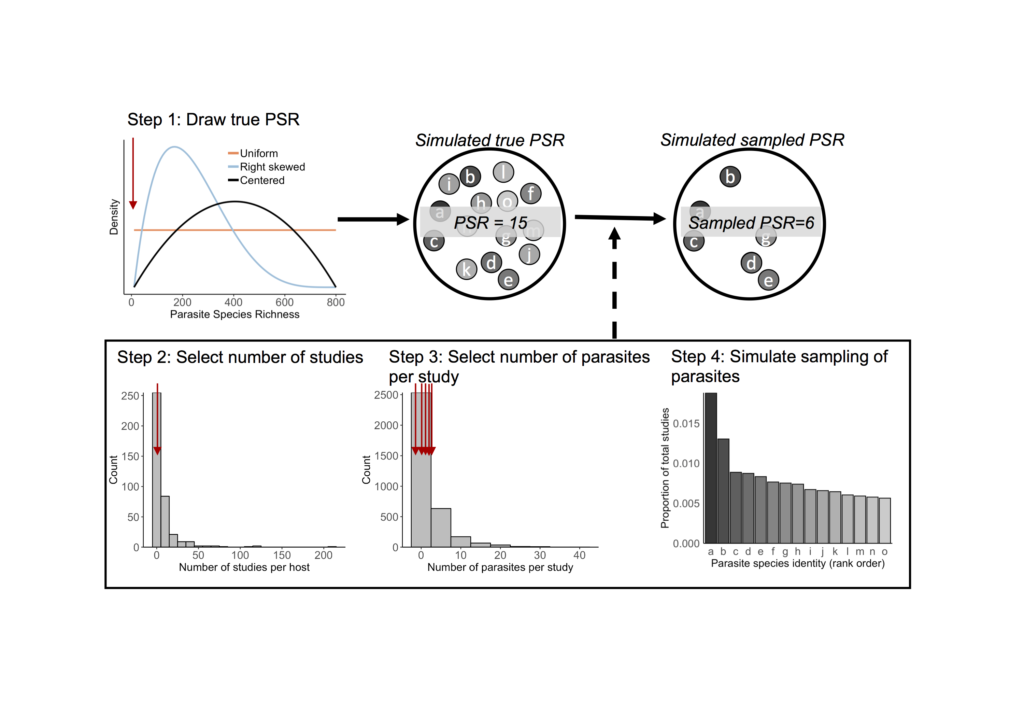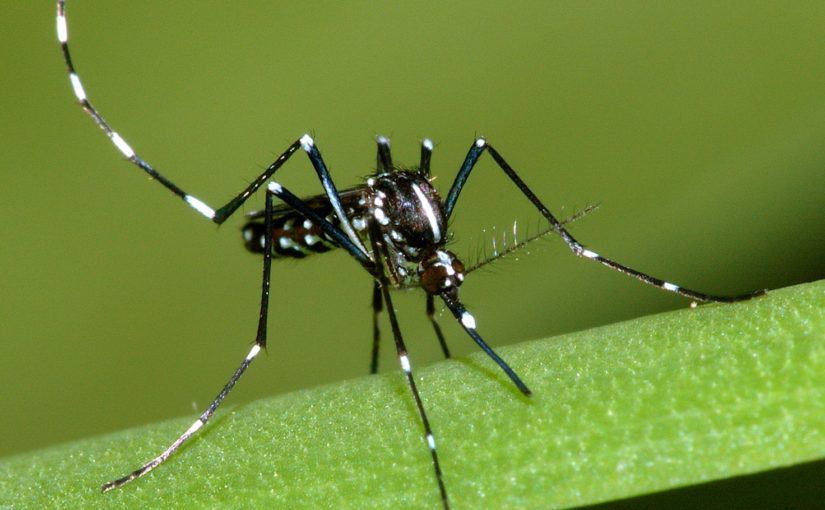
Provided by Claire Teitelbaum.
Background
Mobile animals transport nutrients and propagules across habitats, and are crucial for the functioning of food webs and for ecosystem services. Human activities such as urbanization can alter animal movement behavior, including site fidelity and resource use. Because many urban areas are adjacent to natural sites, mobile animals might connect natural and urban habitats. More generally, understanding animal movement patterns in urban areas can help predict how urban expansion will affect the roles of highly mobile animals in ecological processes.
Methods
Here, we examined movements by a seasonally nomadic wading bird, the American white ibis (Eudocimus albus), in South Florida, USA. White ibis are colonial wading birds that forage on aquatic prey; in recent years, some ibis have shifted their behavior to forage in urban parks, where they are fed by people. We used a spatial network approach to investigate how individual movement patterns influence connectivity between urban and non-urban sites. We built a network of habitat connectivity using GPS tracking data from ibis during their non-breeding season and compared this network to simulated networks that assumed individuals moved indiscriminately with respect to habitat type.
Results
We found that the observed network was less connected than the simulated networks, that urban-urban and natural-natural connections were strong, and that individuals using urban sites had the least-variable habitat use. Importantly, the few ibis that used both urban and natural habitats contributed the most to connectivity.
Conclusions
Habitat specialization in urban-acclimated wildlife could reduce the exchange of propagules and nutrients between urban and natural areas, which has consequences both for beneficial effects of connectivity such as gene flow and for detrimental effects such as the spread of contaminants or pathogens.
Claire S. Teitelbaum, Jeffrey Hepinstall-Cymerman, Anjelika Kidd-Weaver, Sonia M. Hernandez, Sonia Altizer, Richard J. Hall. Urban specialization reduces habitat connectivity by a highly mobile wading bird. Movement Ecology 8, 49 (2020). https://doi.org/10.1186/s40462-020-00233-7
